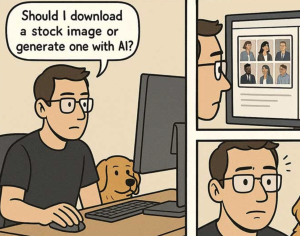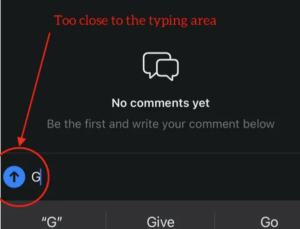How Will AI Impact the Next Generation of Designers?
But what about future generations? For them, these tools will have always been an integral part of everyday life. Just as I can remember a time without smartphones, my teenage daughter can’t. She was born after the iPhone took the world by storm. Touchscreens and app stores are all she’s ever known.










